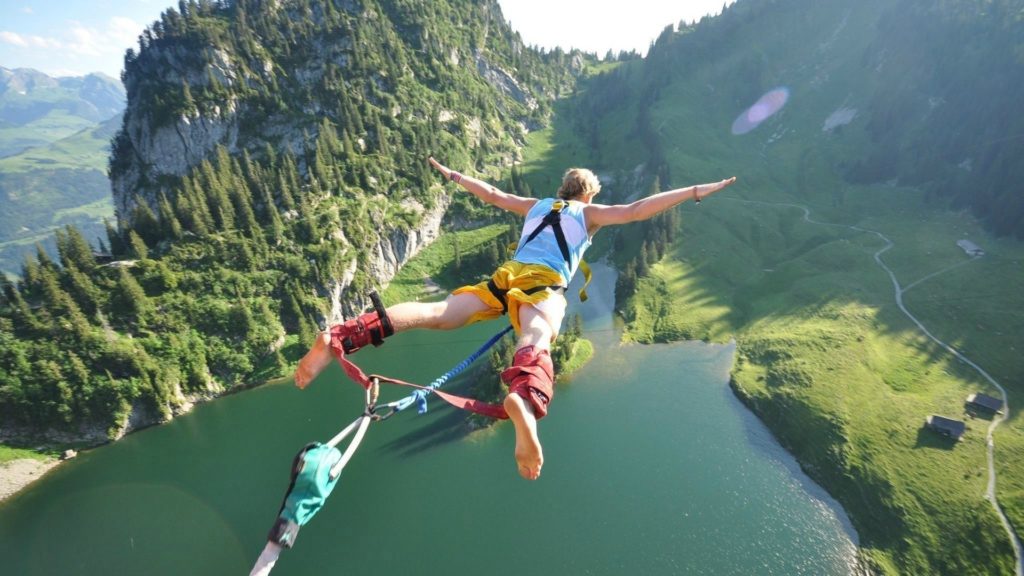
We have had the great privilege of hearing Dr. Carter present at the Institute several times. His evaluations are beyond glowing! His intelligence, humor, vast clinical experience, and ability to share clinically rich and meaningful information with such warmth and accessibility make him that rare breed of teachers who know how to infuse learning with joy. Give yourself the gift of hearing him speak, and know that you’ll come away with profound new insights and effective strategies to bring back to your clients.
Written by Dr. Kenneth Carter
Thrill seekers, adrenaline junkies, high sensation-seekers– you know the type. They dive off of bridges, zoom on motorcycles, and bungee jump. If you didn’t know better, you might think they have a death wish or they have a variety of bipolar disorder. Most times they don’t. Instead, what they have is a high sensation-seeking personality.
To some extent, we all crave complex and new experiences—that is, we all seek new sensations. Whether it’s our attraction to the new burger place down the street, the latest shiny gadget, or the newest fashion trend—newness tugs at us. The extreme products, activities, and entities that have emerged in the last decade—X-games, The Extreme Sports Channel, Red Bull—responded to our collective craving for sensational materials And these extreme activities have spread quickly as their early adopters—people with high sensation seeking personalities—devour them with gusto and share their experiences enthusiastically on various social media outlets.
Even though we all share an interest in new sensations, what sets high sensation-seeking personalities apart is that they crave exotic and intense experiences despite potential physical and social risks. You see, high sensation-seekers not only jump out of perfectly good planes, they may jump out of perfectly good relationships and jobs as well. High sensation-seeking personality is linked with a variety of problematic behaviors such as substance use disorders, aggressive behavior, dangerous driving, and unhappy relationships. But they don’t have a wish for chaos. What they have is a need for varied experiences, despite obvious risks.
But it’s not all bad. High sensation-seeking can be helpful, too. People with high sensation-seeking personalities experience less anxiety and depression and we need high sensation-seekers in the military, emergency medicine, and as rodeo clowns. The trick is to help our clients who might have high sensation-seeking personalities experience thrills without getting themselves in to trouble.
In my research on high sensation-seekers I’ve found some interesting things.
- Sensation-seeking may easily be confused with other psychological conditions such as ADHD and Bipolar disorder, but it’s distinct from those conditions.
- Sensation-seekers don’t want to be “fixed.” On the contrary, they crave the way they feel during their high sensation-seeking moments.
- Sensation-seekers don’t have a death wish. In fact, they embrace life.
- Mental health counselors can find ways to use the high sensation-seeking of their clients in positive ways
- It’s harder for high sensation-seekers to see risk in what they do.
The sensation-seeking scale can be a helpful tool. You can find it on my website at www.drkencarter.com/buzztest
It will give information to clients about their levels of sensation-seeking and each of the parts of a high sensation-seeking personality. The sensation-seeking scale is a great way to begin a discussion with clients about their sensation-seeking.
Learn about Dr. Kenneth Carter here.
Discover how you can be Helping Your Thrill-Seeking and High Sensation Seeking Clients at The Ferentz Institute on Thursday, December 21, presented by Dr. Ken Carter. Learn more here.

